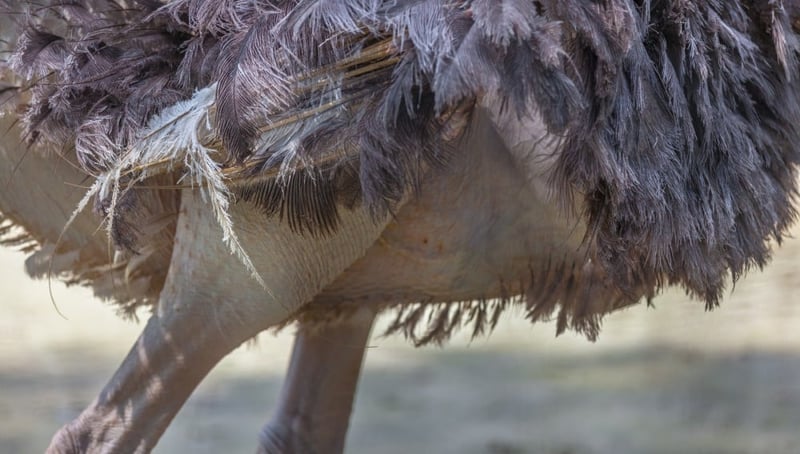
Copenhagen’s catwalk is eliminating products from wild animals as the first major event in the fashion industry to do so.
Crocodile skins, snake skins, and ostrich feathers are no longer allowed to strut down the runway at Copenhagen’s fashion week, the organizers announced last week. This ban on wild animal skins at Copenhagen Fashion Week in Denmark is the first major event in the fashion industry to take this step to protect wild animals from cruelty.
World Animal Protection and our wonderful colleagues at Collective Fashion Justice consulted with and helped write Copenhagen Fashion Week’s new policy—which protects all wildlife species from being used as fashion products for the event.
Unlike many fashion designers banning the use of fur due to the immense cruelty behind killing an animal specifically for a fashion product, the industry has yet to acknowledge the cruelty involved in skins and feather supply chains in the same way, according to Emma Håkansson, the founding director of Collective Fashion Justice.
Håkansson told The Guardian:
“It’s really difficult for people to connect with the reality that a crocodile or a snake is absolutely sentient in the same way that a fox or a mink is.”
While fashion trends such as the mob wife aesthetic have been pushing the narrative that fur, feathers, and skins are cool, Copenhagen’s ban on these products is a signal that all fashion weeks need to take animal cruelty into account when planning their upcoming shows.
Last year, World Animal Protection US urged New York Fashion Week organizers to protect animals from cruel fashion trends. Every year, millions of wild and farmed animals—including minks, foxes, coyotes, kangaroos, crocodiles, alligators, and pythons—are caged, abused, hunted, and killed for their skin, furs, and feathers to be used in fashion.
Animals such as crocodiles and alligators endure horrific suffering in order for their skins to be used for fashion products such as shoes, belts, and bags. For example, saltwater crocodiles only live on farms for three years—despite a natural lifespan of more than 70 years—before they’re electrocuted, immobilized, and their brain pierced during the slaughter process.
Ostriches are the most commonly exploited bird for decorative feathers, but their skins are also used in designer bags. South Africa operates the majority of ostrich farms, where the animals have very few legal protections. Similarly to other wild animals in captivity, ostriches suffer both psychologically and physically. Investigations revealed ostriches performing stereotypical behaviors and other signs of psychological distress. Similarly to other birds, ostriches are shackled, hung upside down, and bled out—usually after being stunned with a captive bolt gun or electrically.
The tide is turning on using animals for fashion products. In the United States, legislators introduced the Mink VIRUS Act, which would shut down fur farms throughout the country. Fashion designers, brands, retailers, and state governments are eliminating their support of the cruel fur industry.
Now it’s time to expand that to skins and feathers. Take action to ban the killing of animals for their skins, furs, or feathers today.